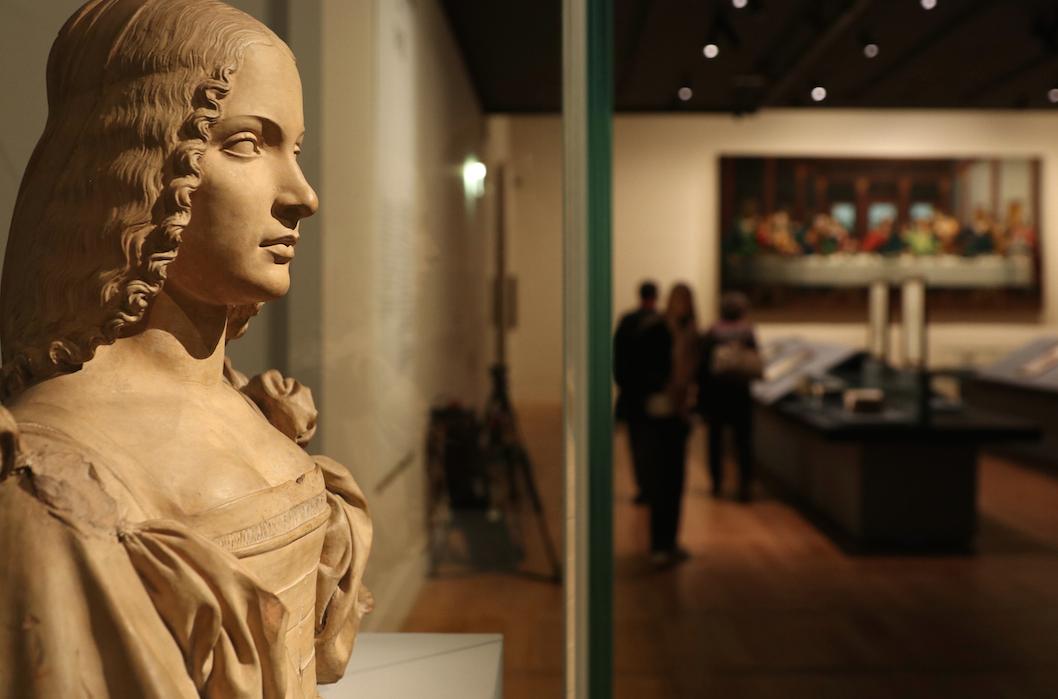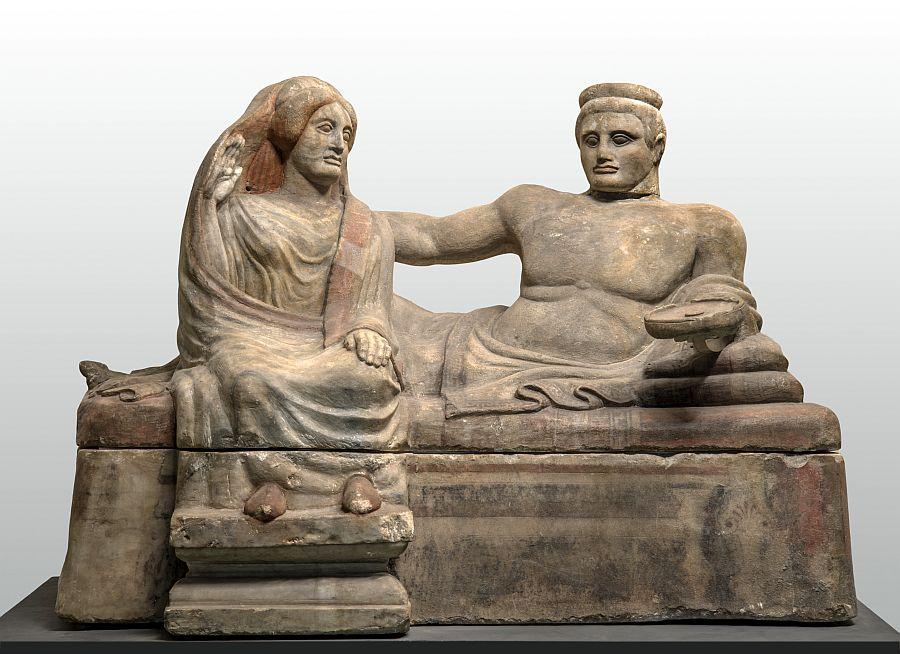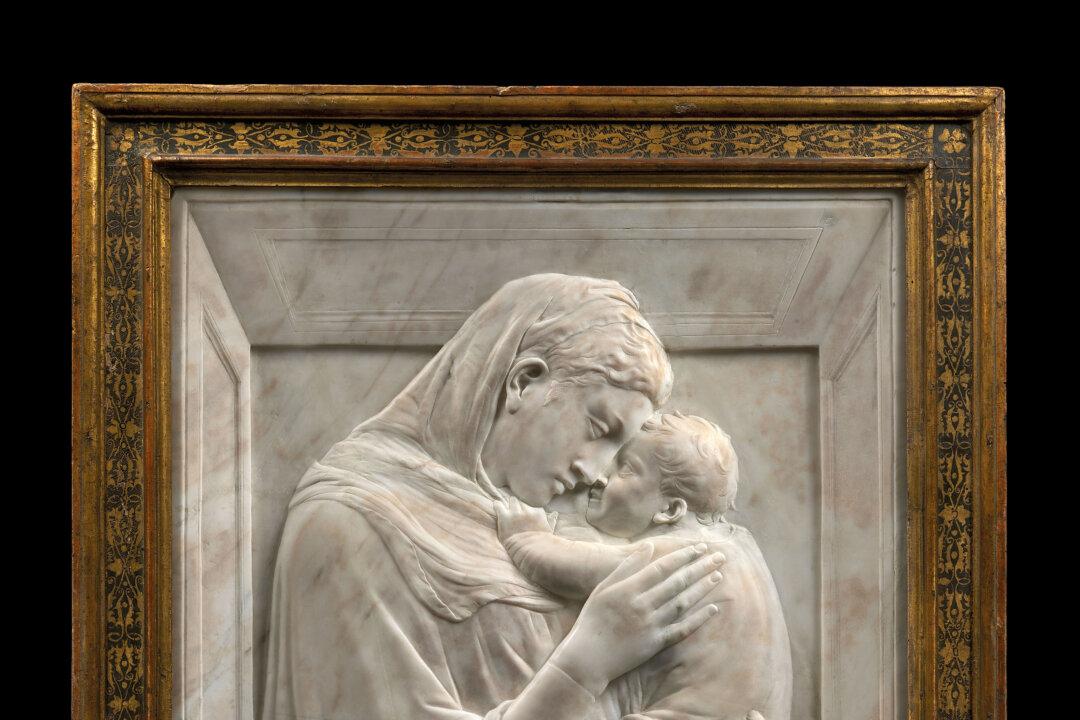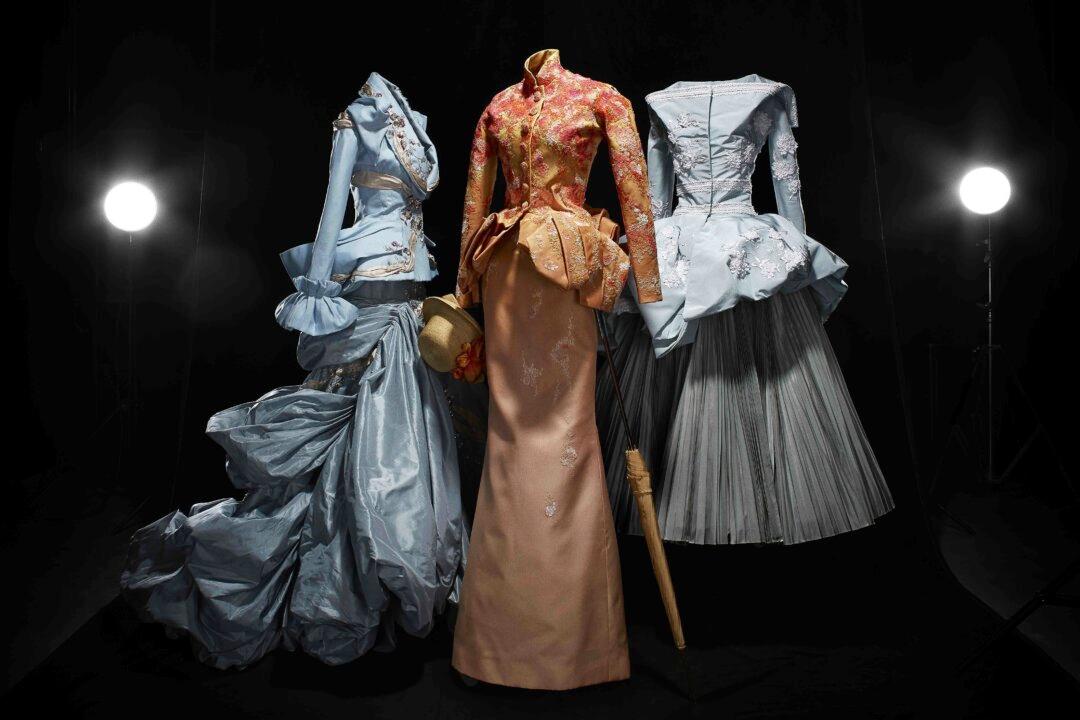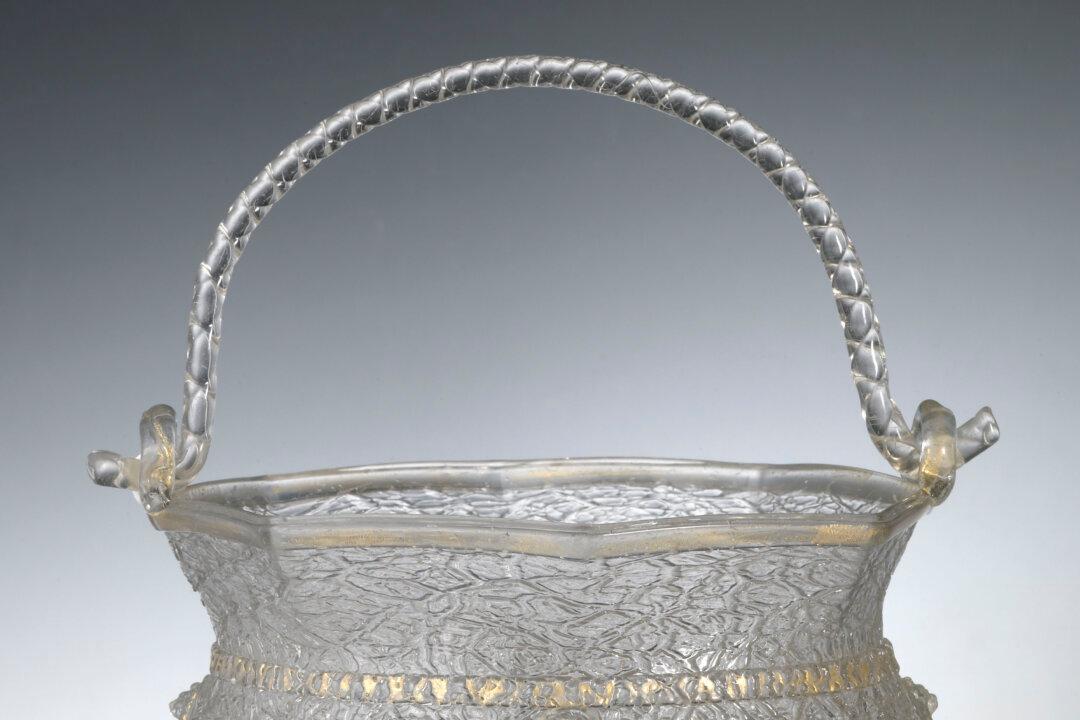PARIS—The Gospel of John tells us that the apostle Thomas did not believe in the resurrection of Jesus until he saw and touched his wounds. Jesus actually invited Thomas to see for himself, but told him (in the New King James version), “Thomas, because you have seen Me, you have believed. Blessed are those who have not seen and yet have believed.”
The great Italian sculptor Andrea del Verrochio took 16 years to capture this scene in his bronze statue “Christ and St. Thomas.” Thomas is almost smiling, happy to see Christ again; one hand hesitates, searching for his savior’s wounds, but stops in mid-movement. What Thomas discovers on that day is his own doubt.

